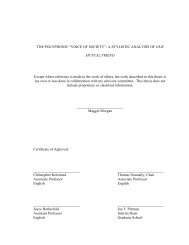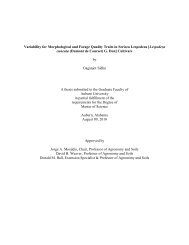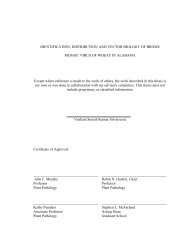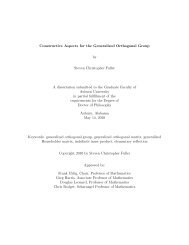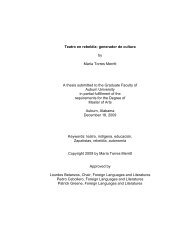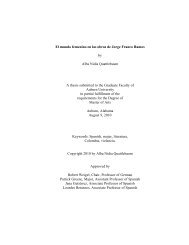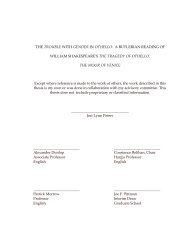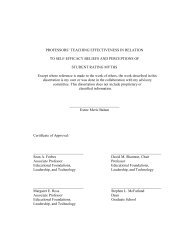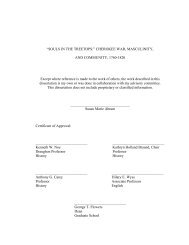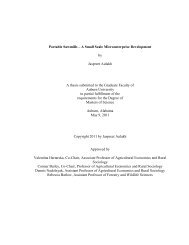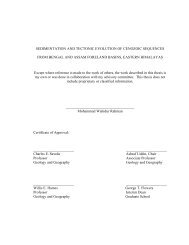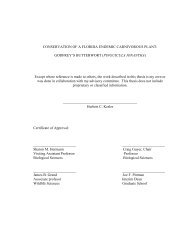Enhanced Polymer Passivation Layer for Wafer Level Chip Scale ...
Enhanced Polymer Passivation Layer for Wafer Level Chip Scale ...
Enhanced Polymer Passivation Layer for Wafer Level Chip Scale ...
You also want an ePaper? Increase the reach of your titles
YUMPU automatically turns print PDFs into web optimized ePapers that Google loves.
5.1.2 Material Properties<br />
Many packaging materials have temperature and time dependent behavior, which is one of<br />
the most important considerations in the simulation. Although it sounds reasonable to input as<br />
much in<strong>for</strong>mation about a material as possible in a model, the calculating time required <strong>for</strong> actual<br />
analysis puts a limitation on what should be included. There<strong>for</strong>e, prior to implementing a<br />
constitutive model <strong>for</strong> a specific material, several important aspects need to be carefully<br />
considered. First is the analysis objective. The main focus should be put on the most critical<br />
response the analyst is interested in rather than other materials that may seriously slow down the<br />
analysis time without significant accuracy improvement. Second, the simulation requires<br />
modeling the material behavior, not the actual material. For example, the creep behavior of<br />
eutectic Sn/Pb solder can occur at room temperature, but not under the circumstance with high<br />
loading and high rate of strain. As a result, in order to avoid inefficiencies in the analysis, there is<br />
no need to predict solder de<strong>for</strong>mation caused by the rapid mechanical cycling at room<br />
temperature if the rate of loading is high enough to cause no de<strong>for</strong>mation, while it is essential to<br />
include the creep behavior when simulating fatigue due to thermal cycling [83, 86].<br />
5.1.3 Constitutive Models <strong>for</strong> SnAgCu Solder<br />
A constitutive model is an approach to mathematically describe the relationship between<br />
strain, stress and other state variables. The material constitutive model plays a very important<br />
role in the development of thermomechanical models <strong>for</strong> microelectronic packaging assembly.<br />
Two types of de<strong>for</strong>mation (elastic and inelastic) are <strong>for</strong>med inside the solder alloy when it is<br />
under thermomechanical loading. Since the inelastic de<strong>for</strong>mation consists of time-dependent<br />
99




